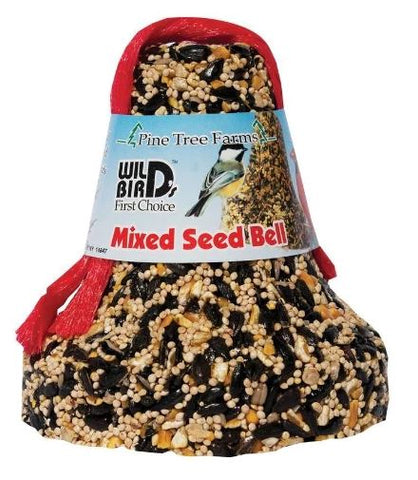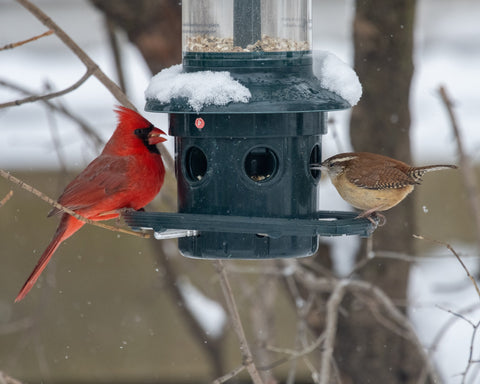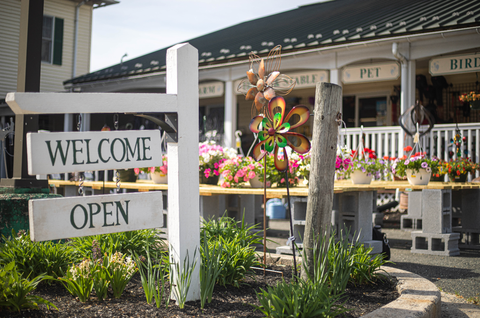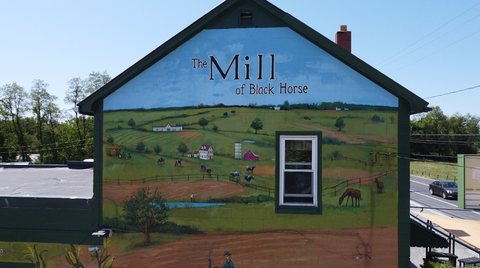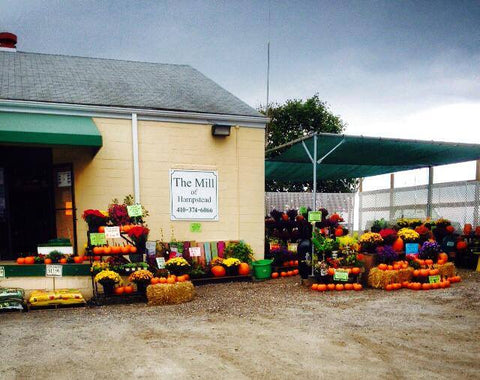One of the harbingers of the winter holiday season is our native Ilex verticillata or Winterberry Holly. Glossy red, scarlet, salmon or gold berries cover the stems of these shrubs during the winter months. Many songbirds like Cedar Waxwings, Eastern Bluebirds, and American Robins will rely on the berries for

winter food.
There are many varieties of this plant available ranging from 8/10 ft tall and wide to 3/4 ft tall and wide. This plant prefers full to part sun and moist soils. Once established they can take freshwater inundation. They are dioecious so you will need a male for pollination if planting in an isolated area with no other Ilex verticillata around. There are many charts online to show which pollinator to use.

They grow as multi-stemmed shrubs with an alternate leaf pattern and are great for rain gardens. This plant is hardy Zones 3-8 and is available in our garden center.
Other great plants for winter interest are the smaller conifers. Conifer means cone bearing with leaves that are needle or scale like. Most conifers are evergreen. Conifers provide habitat in winter months for birds offering not only roosting places where they are protected from weather but protection from birds of prey. Cones provide food for seed eating birds with pine nuts being a favorite of Yellow-Bellied Sapsuckers, Red Bellied Woodpeckers and both Red and White Nuthatches.

Most conifers prefer moist organic well-draining soils and full to part sun. They can handle short droughts but too much water can weaken their root systems. Every landscape should encompass about 30% evergreens with ½ of those being conifers. Conifers should be planted in early spring thru early fall so that they are established going into the winter months. This lessens the issues of winter burn. Also, conifers require water during the winter months if the ground is not frozen and the weather is dry.

To tidy up many landscapes we tend to trim our ornamental grasses in the fall. This can cause issues with the health of many grasses as they do not do well with water trapped in their crowns to freeze and thaw during the winter. Try leaving them until late winter or early spring. They protect their own crowns and offer habitat to songbirds as well as provide seeds for birds. Most if allowed to go dormant on their own will not breakdown and blow around but fold over.
Try putting your feeders near your conifers and other shrubs that are in your yard to give the songbirds protection from predation. My favorite feeders are Droll Yankee as they seem to stand the antics of the many squirrels with their metal ports. I love when the American Goldfinches fill each of the 20 ports on my large finch feeder. Although more expensive they seem to hold up great and can handle squirrel raids.
Another thing I love to do is suspend seed wreaths from wire in my large holly trees. The small songbirds have no issues hanging on and eating the seeds while the squirrels have much more trouble maneuvering along the wire, and if they do get to the wreath, oh well, they must eat too. Try hanging the bells this way also. Give the squirrels a challenge and enjoy!!



